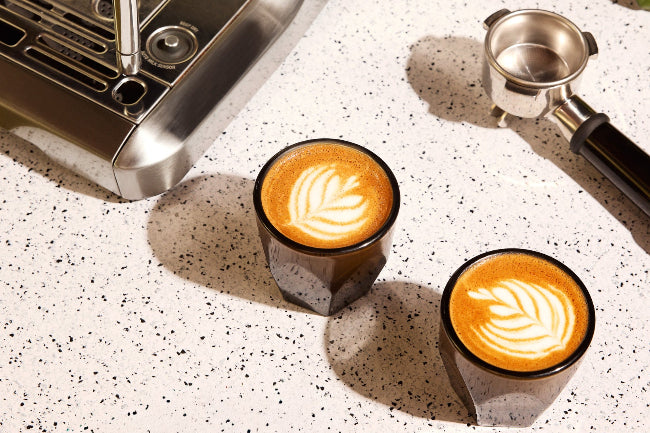Cafetière
Italienne
Cette cafetière fut inventée par un ingénieur italien nommé Alfonso Bialetti en 1933 et devint rapidement un incontournable dans les cuisines européennes. Elle connaît récemment une résurgence, probablement due à sa capacité de produire un café avec une texture visqueuse et dense se rapprochant d’un espresso, et ce, pour une fraction du prix d’une machine.
This coffee maker was invented by an Italian engineer named Alfonso Bialetti in 1933 and quickly became a staple in European kitchens. It has recently experienced a resurgence, probably due to its ability to produce a coffee with a viscous and dense texture similar to an espresso for a fraction of the price of an electric machine.



